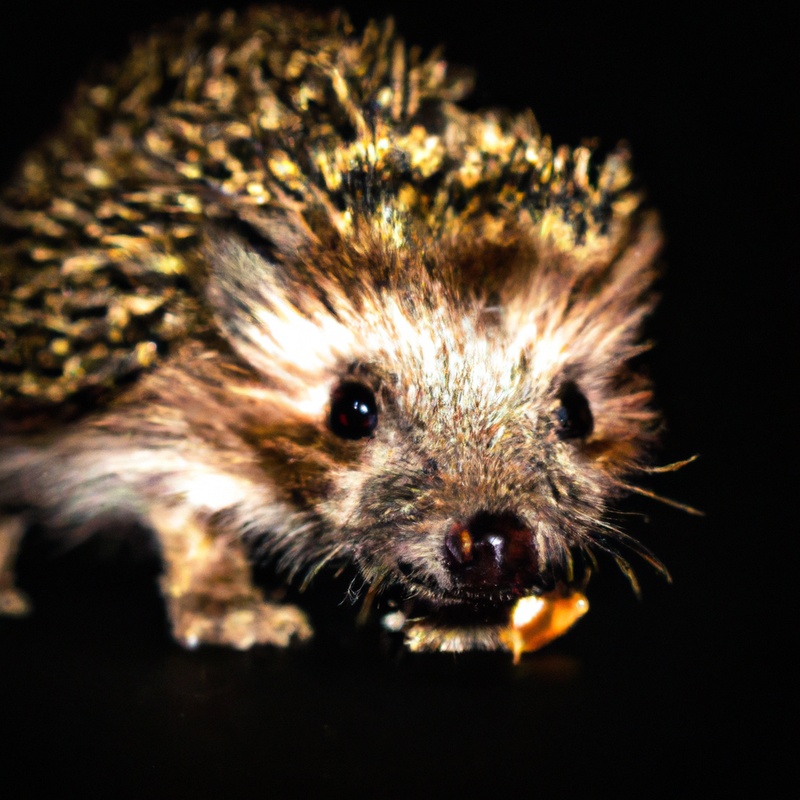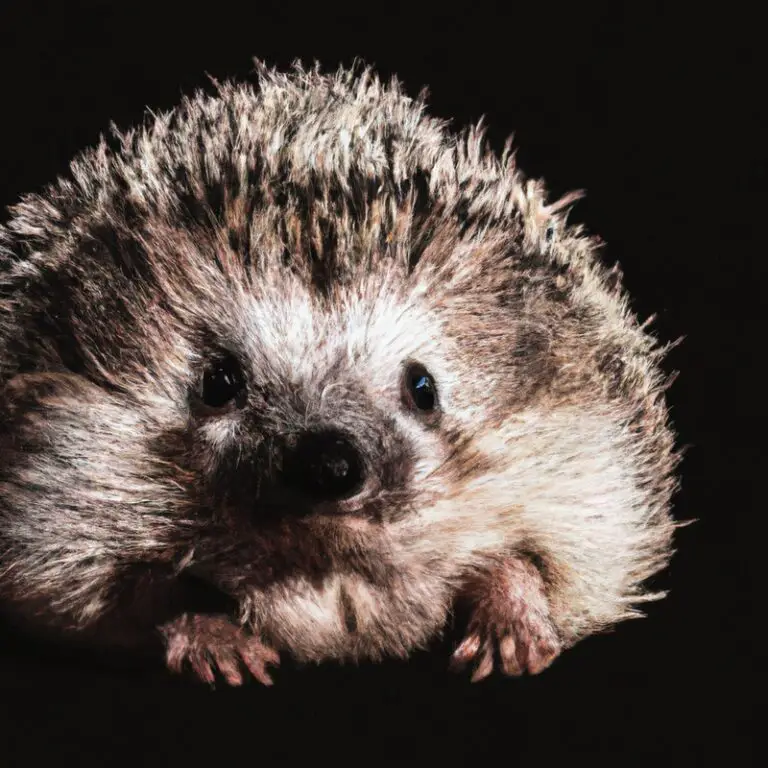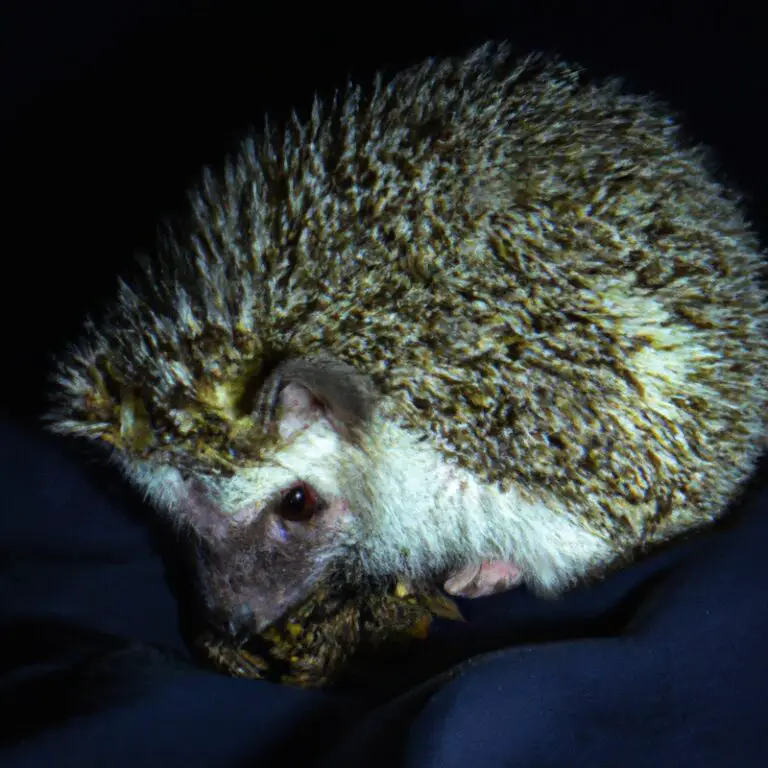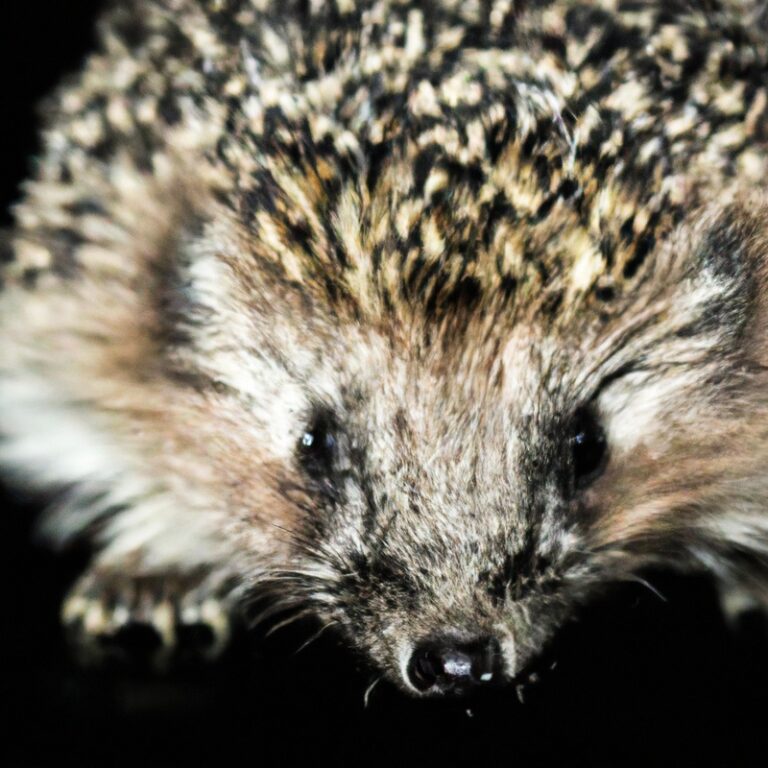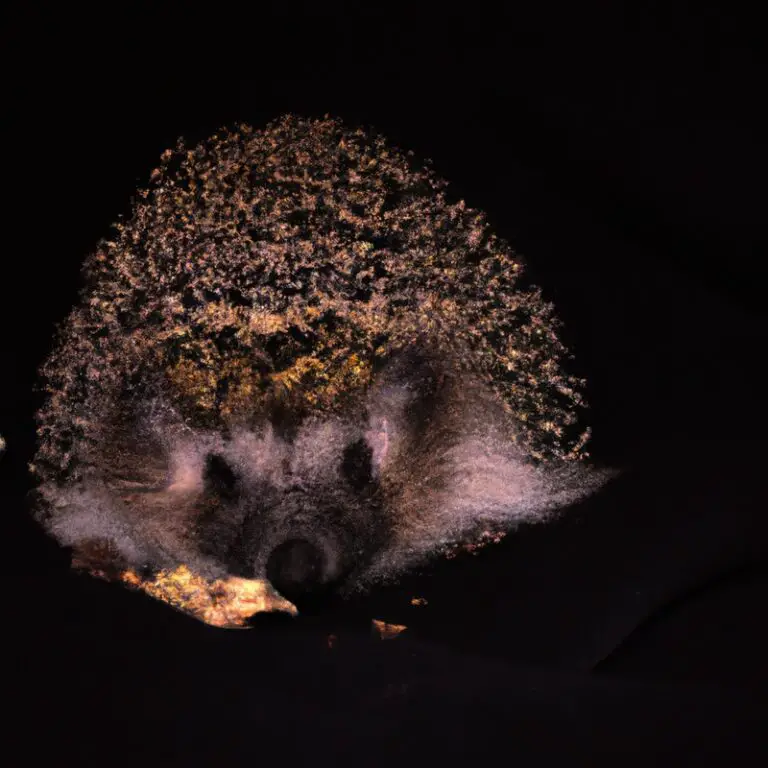What Is The Hedgehog’s Role In Controlling Snail Populations?
Key Takeaways:
- Hedgehogs play a crucial role in natural snail population control.
- Hedgehogs help to keep snail populations in check by feeding on them.
- The presence of hedgehogs can help mitigate potential damage caused by snail overpopulation.
- Encouraging hedgehog habitats can contribute to maintaining a balanced snail population in ecosystems.
Have you ever wondered why snail populations seem to explode overnight, wreaking havoc in your garden?
Well, there’s a natural hero that might just come to the rescue – the mighty hedgehog! These spiky creatures play a vital role in controlling snail populations, acting as their natural predators.
With their nocturnal hunting habits and insatiable appetite for snails, hedgehogs have evolved to be the ultimate garden guardians.
But what exactly makes hedgehogs the perfect solution for snail control?
And how can they help maintain the delicate balance of our ecosystems?
Let’s explore their fascinating role in this captivating blog article.
| Role of Hedgehogs in Controlling Snail Populations |
| Positive Effects |
| Hedgehogs consume snails as a part of their diet |
| Keeps snail populations in check |
| Reduces damage to plants caused by snails |
| Decreases the spread of snail-borne diseases |
| Negative Effects |
| Feeding on snails can disrupt the ecological balance |
| Hedgehogs sometimes feed on other beneficial organisms |
| May lead to a decrease in biodiversity |
The Importance of Controlling Snail Populations
Controlling snail populations is important for several reasons. Firstly, snails can be pests that damage crops and gardens, causing financial losses.
Secondly, snails can also carry and transmit diseases to humans and animals.
Thirdly, excessive snail populations can disrupt the balance of ecosystems by outcompeting other species for resources. It is therefore crucial to monitor and manage snail populations to prevent these negative impacts.

Hedgehogs: Natural Predators of Snails
Hedgehogs play a crucial role in controlling snail populations.
Description of Hedgehogs and their Habitat
Hedgehogs are small, spiky mammals that can be found in various habitats across Europe, Asia, and Africa. They have a distinctive round body covered in sharp spines, which serve as their defense mechanism against predators.
Hedgehogs are primarily nocturnal, meaning they are most active at night.
They have a keen sense of smell and hearing, allowing them to locate prey, such as snails, worms, insects, and small rodents. Hedgehogs prefer areas with dense vegetation like hedgerows, gardens, and woodland edges, providing them with plenty of hiding places and a diverse range of food sources to sustain themselves.
Hedgehog Diet and Feeding Habits
Hedgehogs are omnivorous creatures that have a varied diet consisting of insects, worms, snails, slugs, and even small vertebrates.
They are known for their appetite for snails and play a crucial role in controlling snail populations in gardens.
Hedgehogs use their keen sense of smell and sharp teeth to hunt and capture snails.
Feeding mainly at night, they search for snails in leaf litter, grassy areas, and underneath plant pots.
By including a hedgehog-friendly environment in your garden, you can attract these helpful creatures and support natural snail control.
How Hedgehogs Hunt and Catch Snails
Hedgehogs hunt and catch snails using their keen sense of smell and hearing. They search for the snails in areas with dense vegetation or near water sources, as snails tend to thrive in these environments.
Once they locate a snail, hedgehogs use their teeth to crack open the snail’s shell and consume the soft body inside.
Hedgehogs can consume a large number of snails in one night, making them effective natural predators in controlling snail populations.
Hedgehogs and Snail Population Control
Hedgehogs play a key role in controlling snail populations.
Understanding the Relationship Between Hedgehogs and Snails
Hedgehogs play an important role in controlling snail populations.
These adorable creatures are natural predators of snails and slugs, which are often considered pests in gardens and agricultural settings.
Hedgehogs feed on snails, helping to keep their numbers in check.
This natural form of pest control can be beneficial for gardens and crops, as it reduces damage caused by snails.
So, if you have a snail problem, consider attracting hedgehogs to your garden and let them do their job of snail control!
Hedgehogs’ Role in Snail Population Regulation
Hedgehogs play a crucial role in regulating snail populations. They are natural predators of snails and have a voracious appetite for them.
By consuming large quantities of snails, hedgehogs help to keep their populations in check.
This is beneficial because snails can reproduce rapidly and their abundance can lead to damage in gardens and agricultural fields. Hedgehogs’ presence in an ecosystem helps to maintain a balance and prevent snail overpopulation.
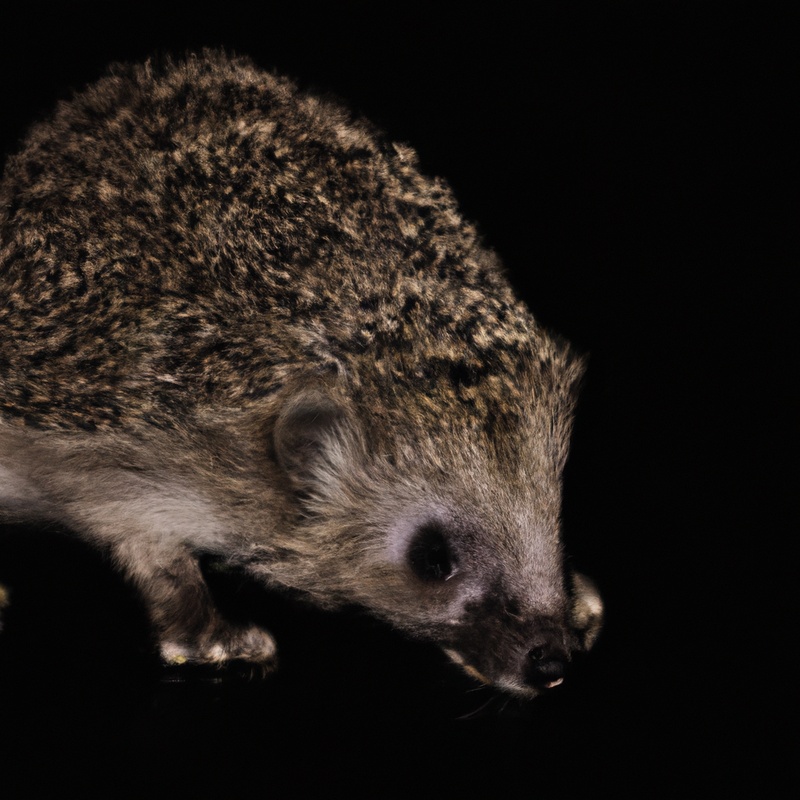
Impact of Hedgehogs on Snail Damage to Gardens
Hedgehogs have a positive impact on snail damage to gardens.
They are natural predators of snails and can help keep their population under control.
By feeding on snails, hedgehogs help reduce the damage caused to plants and flowers in our gardens.
Their presence can be beneficial in maintaining a balanced ecosystem and promoting a healthy garden environment.
So, if you ever spot a hedgehog in your garden, consider yourself lucky!
Benefits of Hedgehog Involvement in Snail Control
Hedgehogs provide a natural and environmentally friendly solution for controlling snail populations. Their involvement reduces the need for chemical pesticides and promotes biodiversity and ecosystem balance.
Natural and Environmentally Friendly Solution
One natural and environmentally friendly solution for controlling snail populations is to attract hedgehogs to your garden.
Hedgehogs are natural predators of snails and can help to keep their numbers in check.
Here’s how you can create a hedgehog-friendly environment:
- Provide shelter: Create hedgehog houses or piles of leaves and logs where hedgehogs can hide and nest.
- Ensure access: Make sure there are gaps in your garden fence to allow hedgehogs to come and go freely.
- Avoid pesticides: Chemical pesticides can harm hedgehogs and their food sources. Opt for natural pest control methods instead.
- Offer water and food: Leave out dishes of fresh water and provide natural sources of food such as insects and fallen fruit.
By taking these simple steps, you can encourage hedgehog involvement in snail control while also supporting a thriving ecosystem in your garden.
Reducing the Need for Chemical Pesticides
Reducing the need for chemical pesticides is important for both our environment and our health.
One way to achieve this is by encouraging natural pest control methods.
For example, attracting beneficial insects such as ladybugs, lacewings, and praying mantises to your garden can help control pest populations.
Additionally, using organic fertilizers and practicing good soil management can promote healthy plant growth and reduce the likelihood of pest infestations.
By adopting these strategies, you can minimize the use of chemical pesticides and create a more sustainable gardening environment.
Promoting Biodiversity and Ecosystem Balance
Promoting biodiversity and ecosystem balance is essential for the health and sustainability of our planet.
It involves preserving and protecting the variety of species and habitats in an area to ensure the natural balance is maintained.
This can be achieved through practices such as habitat conservation, sustainable resource management, and the protection of endangered species.
By understanding and valuing the interconnectedness of all living things, we can contribute to the preservation of our ecosystems and safeguard the future of our planet.
Challenges Faced by Hedgehogs in Snail Control
Hedgehogs face challenges in controlling snail populations due to hedgehog decline, loss of habitat, and the effects of urbanization on hedgehog populations.
Hedgehog Decline and Loss of Habitat
Hedgehog decline is primarily caused by the loss of their natural habitats.
As urbanization expands, the areas where hedgehogs can thrive are shrinking.
The destruction of hedgerows, meadows, and woodlands limits their food sources and shelter.
Additionally, the use of pesticides in gardens and farmlands affects the availability of prey like snails and slugs, reducing the hedgehogs’ food supply.
Creating hedgehog-friendly gardens and preserving natural habitats are essential for their survival.
Urbanization and Hedgehog Populations
Urbanization poses significant challenges to hedgehog populations. As cities expand, natural habitats for these nocturnal creatures are destroyed or fragmented.
Hedgehogs struggle to find suitable places to live and forage for food.
They face increased risks from traffic, pesticides, and lack of access to water sources. The loss of hedgerows and green spaces exacerbates the problem.
To support hedgehog populations in urban areas, we need to create hedgehog-friendly environments by incorporating features like hedgehog highways, wildlife-friendly gardens, and reducing the use of chemicals.
Ways to Create a Hedgehog-Friendly Habitat
Creating a hedgehog-friendly habitat is key to supporting their population and helping them thrive.
Here are some ways you can do it:
- Provide food sources like small bowls of cat or dog food, as well as water dishes.
- Create shelter with piles of leaves, logs, or a hedgehog house.
- Allow areas of your garden to grow wild, providing hedgehogs with natural foraging opportunities.
- Avoid using chemicals or pesticides in your garden, as they can be harmful to hedgehogs.
- Ensure there are gaps in your fences or walls so hedgehogs can move freely between gardens.
- Remove any hazards, such as netting or ponds with steep sides, that can trap or harm hedgehogs.
By implementing these measures, you can make a big difference in supporting hedgehog populations and ensuring their survival.
FAQs About Hedgehogs and Snail Control
Can Hedgehogs Control Snail Populations Completely?
Hedgehogs can help control snail populations to some extent due to their diet, which includes snails as one of their favorite foods. However, it is important to note that hedgehogs alone cannot completely eliminate snail populations.
Other factors such as the size of the snail population, habitat suitability for snails, and the availability of alternative food sources also play a role in keeping snail populations in check.
So, while hedgehogs can contribute to snail control, they are not a foolproof solution.
How Many Snails Can a Hedgehog Eat in a Night?
A hedgehog can eat a substantial amount of snails in a single night, typically ranging from 30 to 40 snails. They are natural predators of snails and slugs due to their ability to use their sharp teeth to break through the shells.
Their diet also includes other insects and worms, making them valuable for pest control in gardens.
Keep in mind that the exact number of snails a hedgehog can consume may vary depending on factors such as the hedgehog’s size, availability of food, and individual preferences.
What are Some Other Natural Predators of Snails?
There are several other natural predators that help control snail populations. These include birds such as ducks, chickens, and thrushes, as well as some reptiles like turtles and lizards.
Additionally, certain insects like beetles and ground beetles feed on snails.
These predators play an essential role in maintaining the balance of snail populations in the environment.
Final Verdict
Hedgehogs play a crucial role in controlling snail populations.
Their natural instinct to hunt and feed on snails helps to regulate snail numbers and prevent damage to gardens and crops.
Hedgehogs offer an environmentally friendly solution to snail control, reducing the need for chemical pesticides, while promoting biodiversity and ecosystem balance.
However, hedgehogs face challenges such as habitat loss and urbanization.
Creating hedgehog-friendly environments can help sustain their populations and ensure their continued contribution to snail population control.
Overall, harnessing the power of hedgehogs can lead to effective and sustainable snail management strategies.

